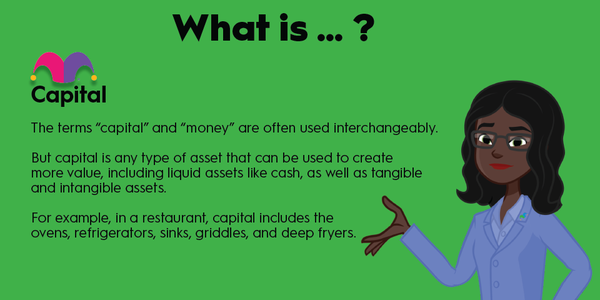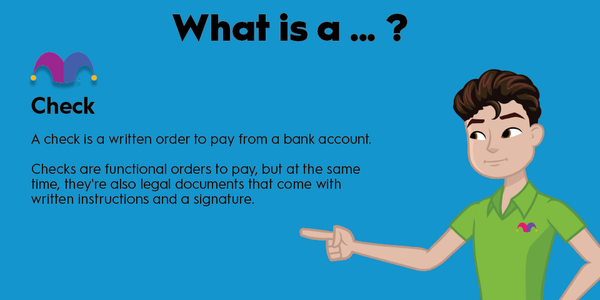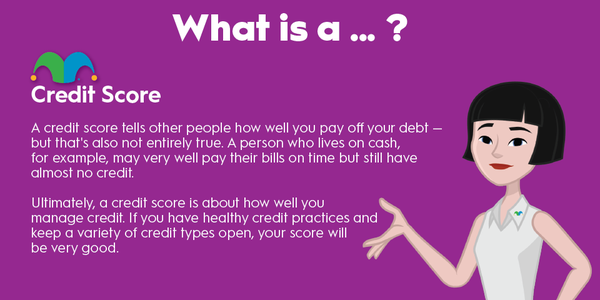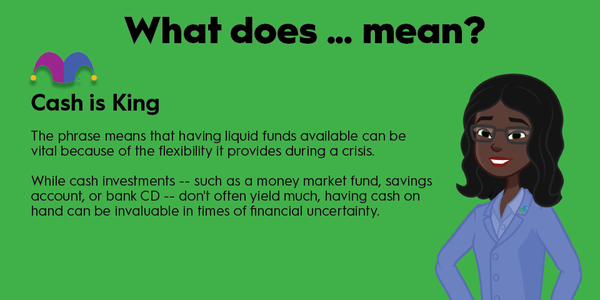Look at a handful of corporate earnings releases in a down economy, and you're bound to see the phrase “cost cutting.” Cost cutting is a set of actions a company takes to lower expenses. Usually, the goals of cost cutting are to improve profitability and conserve cash.

How companies cut costs
How companies cut costs
Companies can approach cost cutting in various ways. Much like you might try to lower your household spending, a company may address its highest spending categories first. For example, companies with high labor costs may lay off employees, eliminate shifts, or reduce salaries. Other strategies include:
- Renegotiating supply chain contracts
- Changing internal policies, e.g., pausing business travel
- Downsizing facilities
- Closing or selling unprofitable units or divisions
- Pausing costly growth initiatives
Why companies cut costs
Why companies cut costs
Different circumstances can prompt companies to initiate cost-cutting efforts. The economy, however, is a common culprit.
Economies expand and contract in cycles. When the economy is expanding, businesses will often experience higher demand for their products and services. In response to higher demand, the business increases its capacity -- and its costs.
Later, when the economy contracts, demand can moderate and revenues can drop. At lower revenues, the same business model may lose some cost advantages. As a result, the company would produce smaller profits on every $1 of sales.
The ratio of profits to sales is called the profit margin. Shareholders and prospective investors watch profit margins carefully. When a company's margin is low compared to its competitors, the business is generally less profitable but also less appealing as an investment.
Dividend Income
What do to when companies you own cut costs
When a company you're invested in announces a cost-reduction plan, pay attention to the details. You can usually find the highlights in earnings releases. These highlights should include the reason for cutting costs and the areas of the business the plan will affect.
For a deeper understanding, you can also listen to the earnings call. Analysts are likely to question the nuances of any cost-cutting plan. Those questions and the answers can provide a ton of insight. Ideally, you'll want to find out if the company is working toward a stated goal, such as a specific profit margin, and its timeline.
You'll also want to know how the new cost focus will affect shareholder programs and growth initiatives. Companies that need to conserve cash, for example, may cut back on things such as:
- Share repurchases
- Shareholder dividends
- New product launches
- Geographic expansion
- Acquisitions
- Capital spending
When a company reduces investment in these programs, it usually changes the outlook for shareholder returns. If that change is negative and likely to be long term, you may need to rethink your position in that stock.
Real world: Harley Davidson and Kraft Heinz
Real world: Harley Davidson and Kraft Heinz
In the first quarter of 2020, Harley Davidson (HOG -15.74%) reported an operating profit margin in its motorcycle division of 7.7%, down from 9.1% in the first quarter of 2019. (The company also makes money on financial services.)
Motorcycle division sales in the same quarter were down about $95 million. The stock price had also fallen more than 50%, from about $35 per share in January down to $15 per share in March.
At the time, the pandemic was raging around the world and HD had paused production. When it published quarterly results, the company announced a massive cost restructuring. Its primary strategies included a hiring freeze, temporary salary reductions, a pause on merit increases, and a more conservative product launch calendar.
HD also suspended share repurchases and slashed its dividend from $0.38 to $0.02 per share. The goal of the program was to preserve approximately $250 million in cash in 2020.
Fast forward one year, and Harley Davidson had raised its motorcycle operating margin to 18.5%, more than double the 7.7% from the first quarter of 2020. Also in the first quarter of 2021, the company raised its dividend from $0.02 to $0.15 per share and stepped up its share repurchase activity. The stock price benefited from the improvements, climbing back into the mid-$30s.
One year later, in the first quarter of 2022, the company's motorcycle operating margin had moderated down to 15.6%. Even with the step back, it was still well above the single-digit performance HD had experienced in earlier years.
In this case, the cost restructuring efforts positioned the company for improved profitability going forward. But such efforts don't always go according to plan.
Packaged food maker Kraft Heinz (KHC -0.52%) had a different experience with cost restructuring. The company followed an aggressive cost-cutting strategy between 2017 and 2019 before abruptly changing course.
The shift happened after the company wrote down the value of two major brands by billions and cut its dividend. Kraft Heinz also restated three years of financial results after an SEC accounting investigation.
Kraft Heinz installed CEO Miguel Patricio in 2019 to implement the strategy change. In an interview with Reuters at that time, Patricio said, "Cost cutting should be a priority for any company. However, you cannot cut costs every year."
Cost cutting: Sometimes good, sometimes bad
Cost cutting: Sometimes good, sometimes bad
At the end of the day, cost cutting can be good or bad. Changes that a company makes should either be sustainable or temporary. You don't want to see permanent cuts that degrade the company's ability to grow, compete, or return value to shareholders.































































































